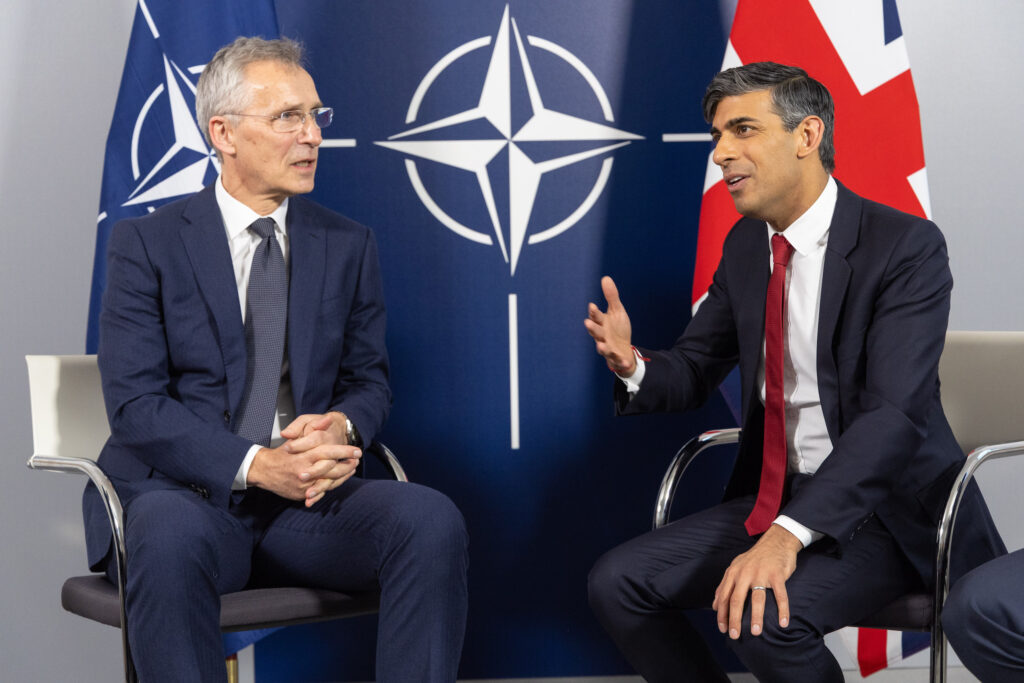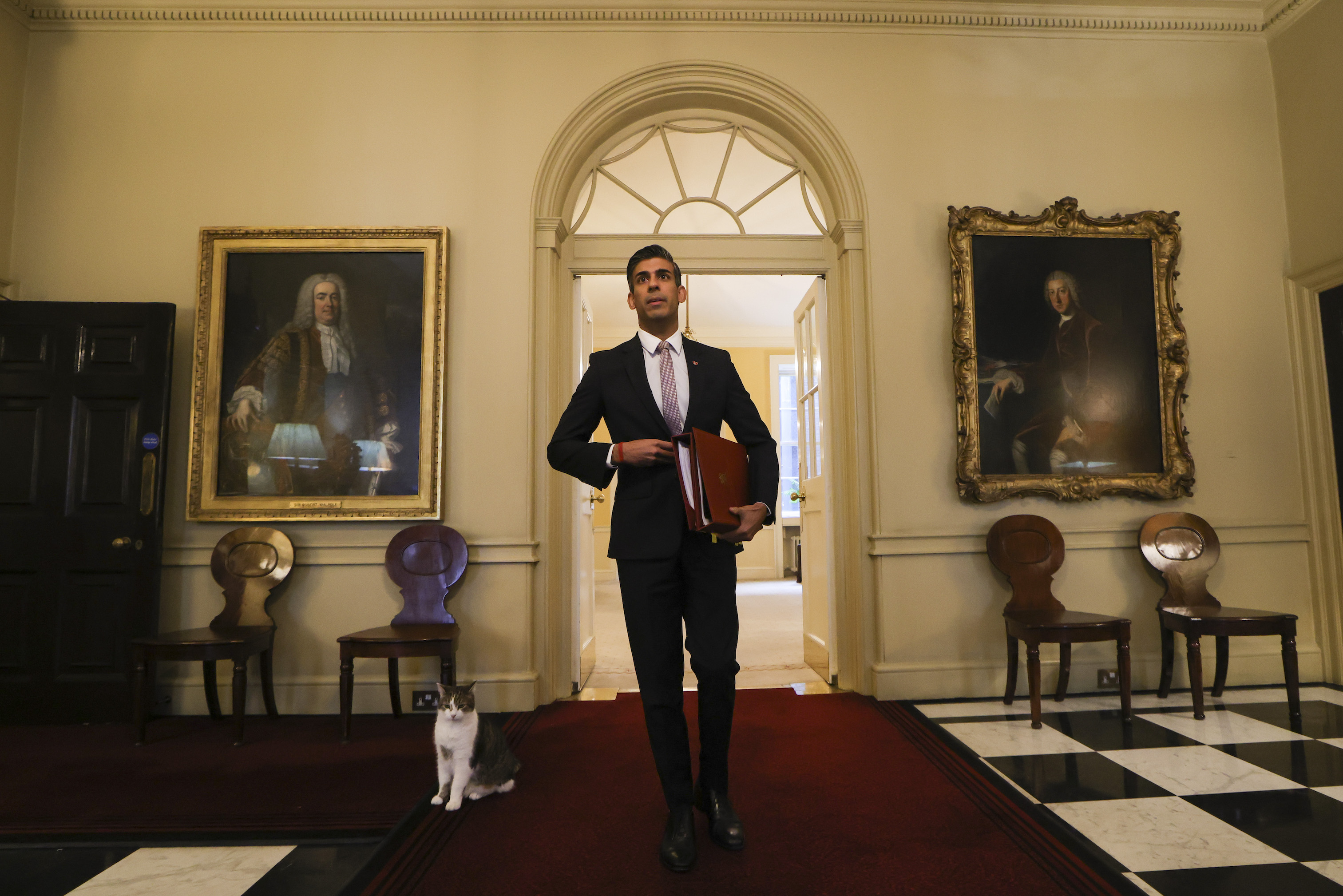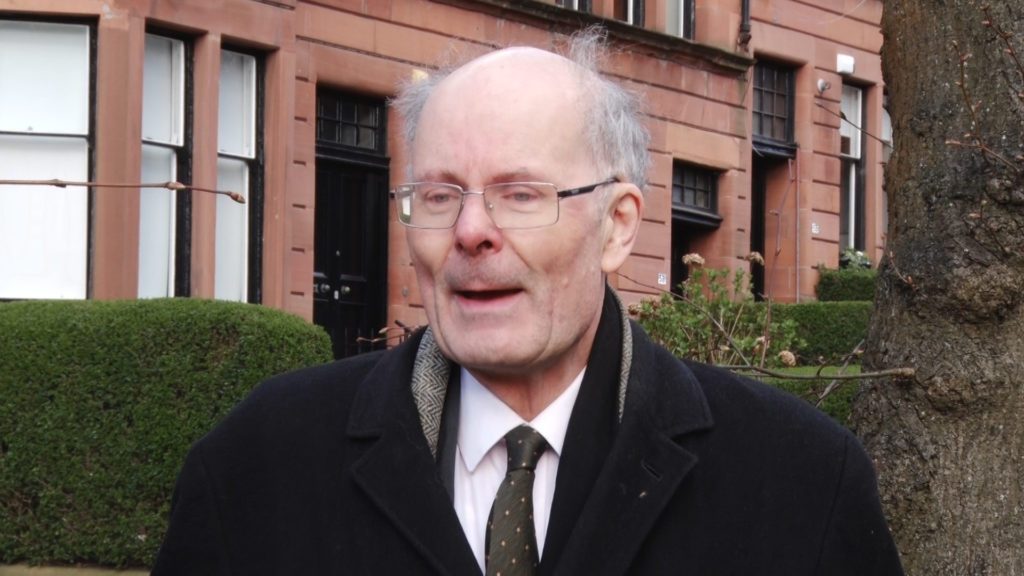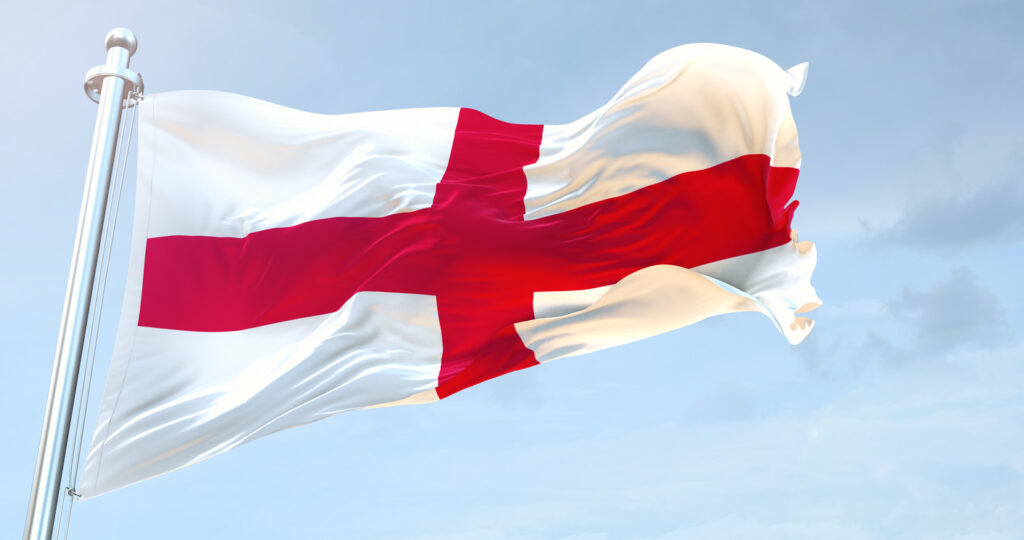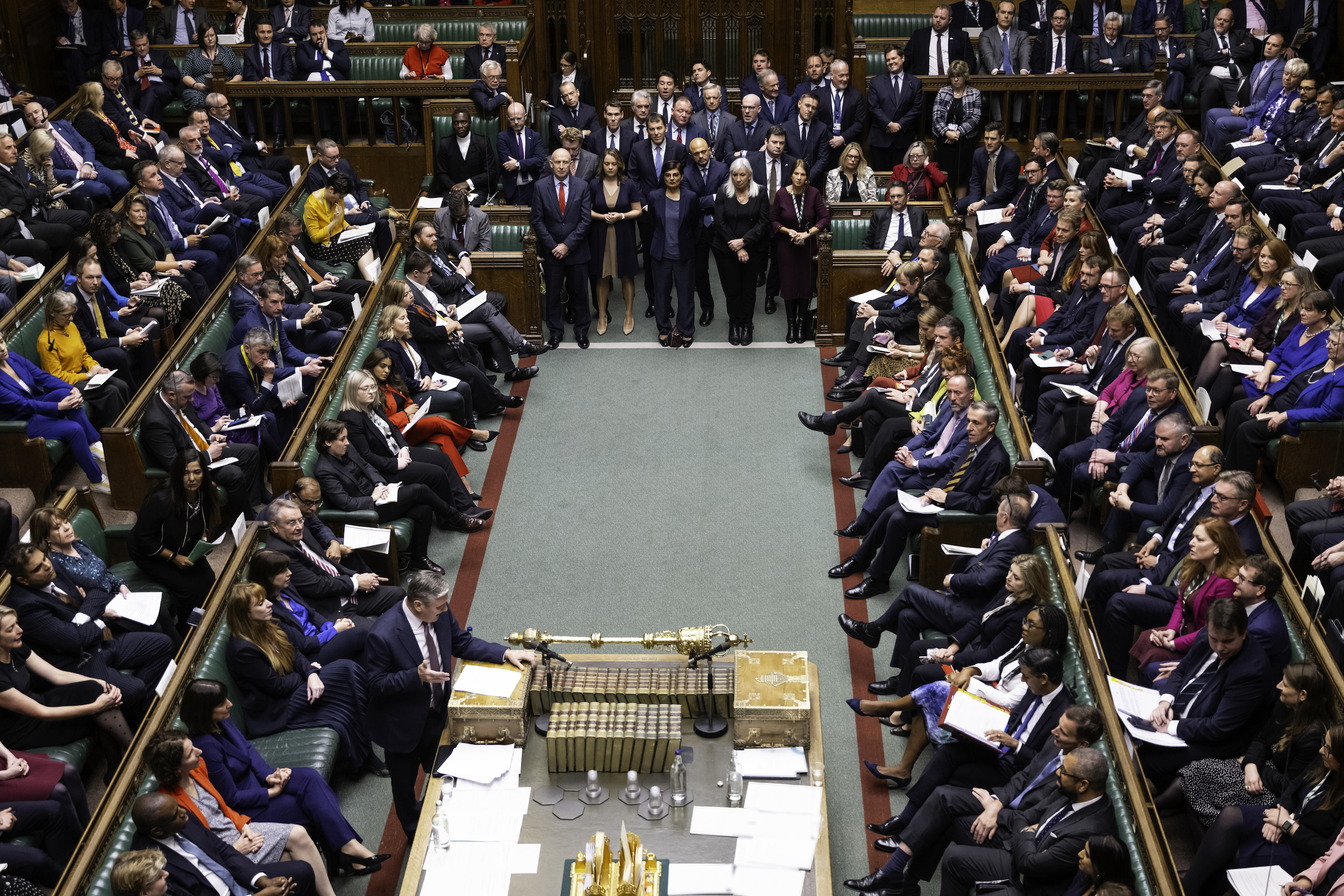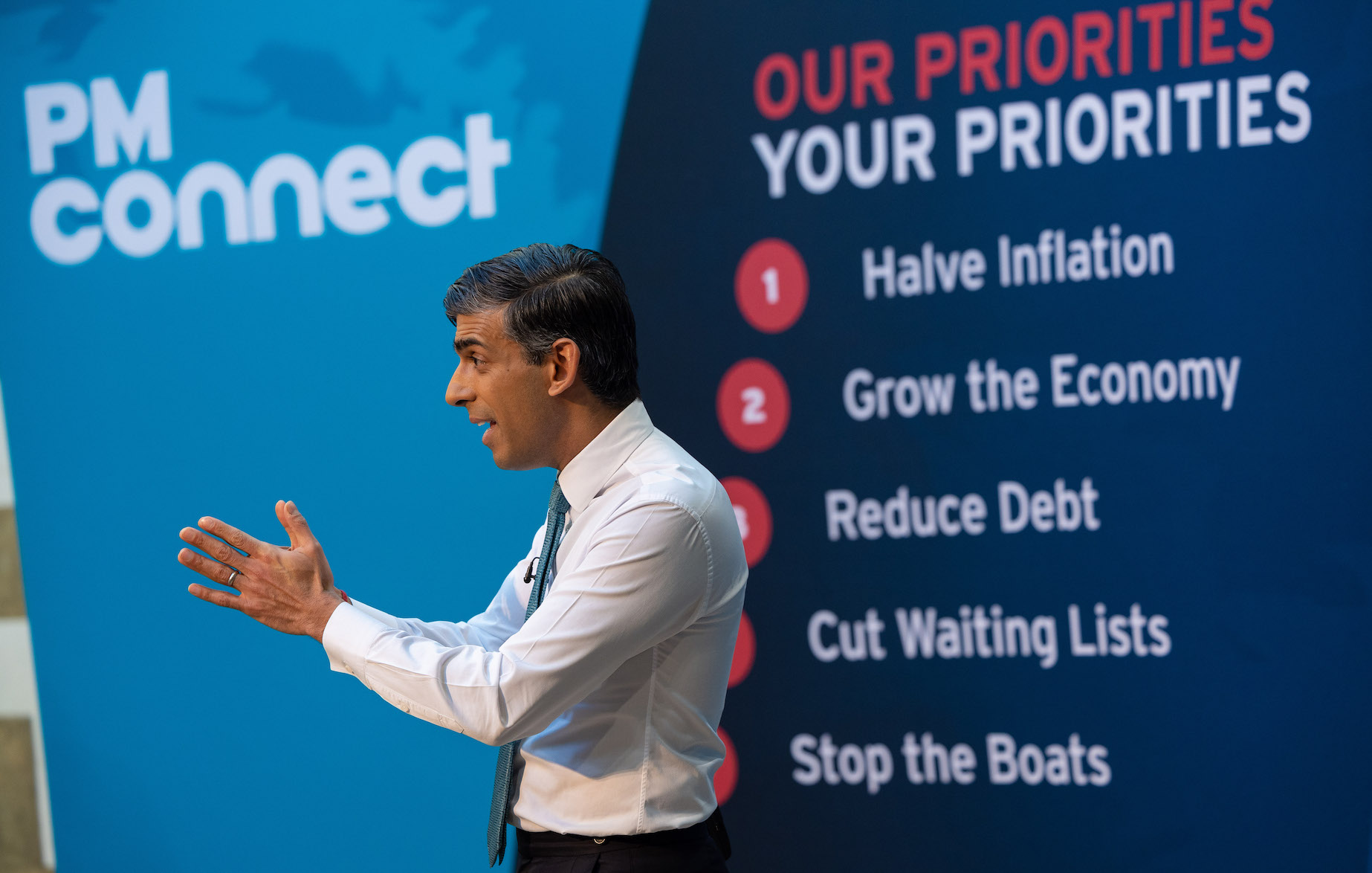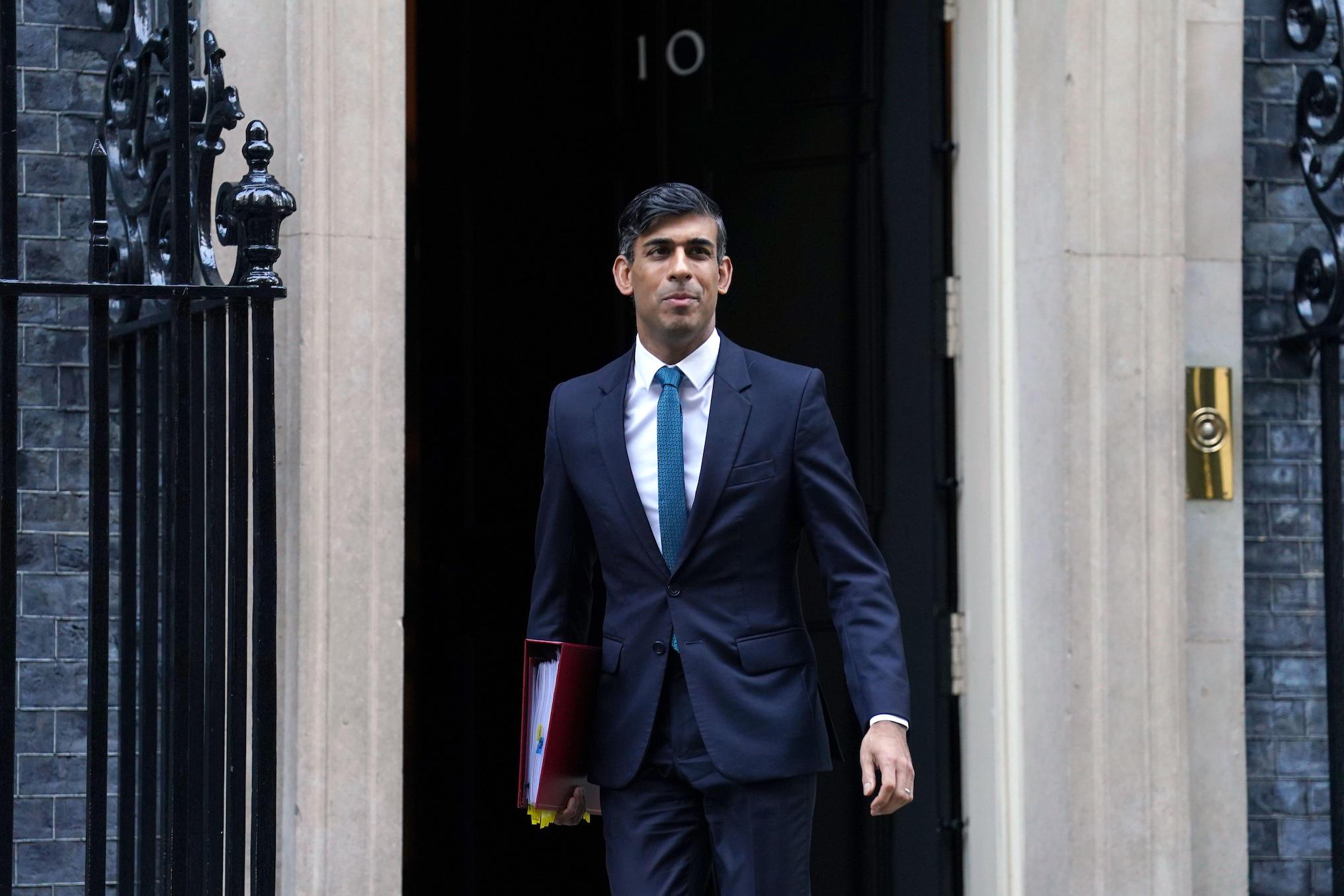Are the British police armed?
The British police are famed across the world for being ‘unarmed’ – but this is a misnomer.
A proportion of the UK police are armed. Out of a total police force in England and Wales of 123,171 in 2019, the Home Office previously reported that 6,653 were armed officers(circa: 5.4%).
Home Office figures show that police weapons were discharged 4 times in the year to March 2021, reflecting wider crime during the covid pandemic, this was down from 13 times in 2019.
Three forces in the United Kingdom routinely arm officers, all in respect to the specific nature of their work: the Ministry of Defence Police; the Civil Nuclear Constabulary who guard civil nuclear facilities, and the Police Service of Northern Ireland.


Figures in the UK compare starkly to the United States where all officers were routinely armed, leading to there being 696,944 armed law enforcement officers.
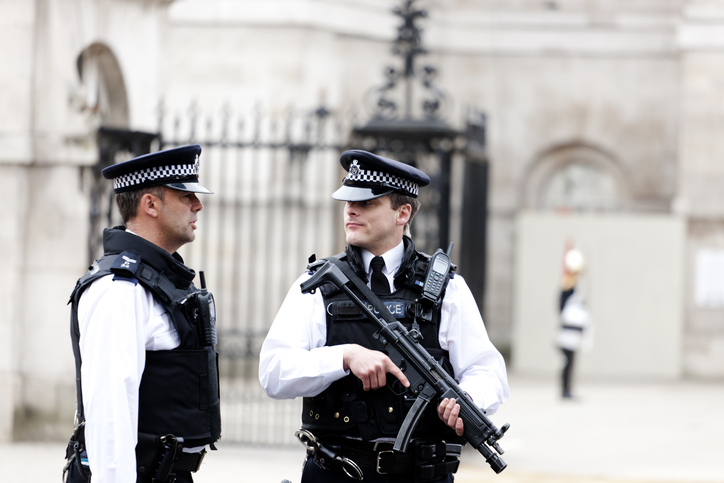
Nonetheless, the public and the police themselves remain largely opposed to the routine carrying of firearms. A 2003 Police Federation survey found 80 per cent of officers were opposed to the police being armed.
How UK armed police operate
Armed response units or police firearms units are teams of armed Police Officers tasked with countering crimes committed by armed criminals. Each UK police force has its own firearms team of some form. The most well known firearms unit is the Met Police’s SCO19.
Parts of London are specifically patrolled by Armed Response Vehicles, whose crew of three are armed with Glock 17 self-loading pistols and Heckler and Koch MP5 carbines.
The use of firearms by armed UK police remains regulated and restricted to certain specialised police units. The guidance from the Association of Chief Police Officers advises that firearms should be used only when absolutely necessary after conventional methods have failed; warnings must be given of intention to fire, and the target’s right to life should be considered.
All the forces in the UK are also issued with the ‘Firearms Guidance to Police’ manual, a lengthy document detailing the legal regulation of firearms in the UK and covering the vast range of domestic legislation and international guidance on firearms use. Codes of practice are also issued by the Home Office providing comprehensive guidance on the policy and use of firearms and less lethal weapons by police.
An Authorised Firearms Officer is the basic designation for an officer who has received firearms training and has been authorised to carry them when on duty.
Authorised Firearms Officers are deployed in a wide variety of roles ranged from Armed Response Vehicle teams, Specialist Firearms Officers, Close Protection Officer, Personal Protection Officer and Tactical Support Officer.
Armed Response Vehicle Officers are typically those that respond to spontaneous firearms incidents. As well as typically carrying a self loading pistol, officers have access to long arms that are stored securely in the vehicle. Specialist Firearms Officers typically carry out pre-planned and authorised operations against criminals suspected of being in possession of firearms
On the very rare occasions that police officers discharge their weapons and this leads to a death of person, there is then a full investigation by the Independent office for police conduct (IOPC) into the incident. In these investigations, police officers will have legal representation as they are potentially investigated for what in some cases can amount to allegations that they may have committed criminal offences..
UK armed police – Statistics
Statistics on police use of firearms in England and Wales between April 2018 and March 2019 showed the following:
There were 20,186 police firearms operations in the financial year ending March 2019. The Metropolitan Police Service and West Midlands Police accounted for 40% of these operations. Of the 20,186 operations, 88% (17,742) involved an Armed Response Vehicle.[Source – Home Office]
There were 13 incidents in which police firearms were discharged, compared with 8 incidents during the previous year. [Source – Home Office]
There were 6,653 armed officers as at March 2019. [Source – Home Office]
The history of armed police in Britain
Early years
The nearest a mainland British police force ever came to being routinely armed was in 1884 in London, following the murder of two officers. The Metropolitan Police Commissioner of the day gave officers permission to carry revolvers on night patrols. This persisted until 1936 when guns were required to be kept in a locked cupboard at police stations.
Police have carried the ‘truncheon’ since their modern formation under legislation introduced in 1829 by Sir Robert Peel. This short wooden club remained in service, relatively unchanged until the 1990s, when police weaponry began to change dramatically.
In 1992 extensive scientific testing was carried out on straight baton alternatives to the truncheon including measuring injury potential. In-force trials were undertaken and the Home Secretary backed recommendations that the expandable side-handled baton (ESHB) be allowed to replace the truncheon.
Another change introduced in the 1990s was the adoption of rigid-link handcuffs, which in 1991 replaced the old chain-linked handcuffs.
In August 1996 the chief constables were given permission to introduce CS spray into their forces. This followed trials earlier in the year which had identified no significant problems: it was concluded that the spray was a safer option, both for the public and for the police, than the use of batons.
A 1998 Police Complaints Authority report warned that US-style baton training regimes and a lack of refresher training was resulting in an excessive number of injuries. A 2000 report expressed concern about a lack of research into the health effects of CS gas, following a number of deaths related to incidents involving its use.
The 1990s – A rise in armed police
The police have been armed, increasingly to respond to mounting levels of violent crime and the on-going terrorist threat.
Throughout the 1990s, the reform of police equipment was objected to in some quarters as a form of militarisation and Americanisation of an organisation that historically had had no need for lethal weapons. Opponents also argued that arming the police more heavily would harm carefully built community relations.
On the other hand, the 1980s and 1990s saw rising violent crime, and the increased use of firearms by criminals. The 1993 killing of PC Pat Dunne in Clapham, south London, was a particular watershed.
In the early 2000s, there were a number of controversies involving armed police, including the shooting of a man in Brixton in 2001. After firing six rounds into the target, the police discovered that the lethal firearm they thought the man was carrying was actually a cigarette lighter shaped as a gun. This incident followed the shooting of Harry Stanley, shot dead by armed police in East London in 1999 as he was returning home from the pub carrying a coffee table leg in a plastic bag.
In July 2005, Jean Charles de Menezes was shot dead at Stockwell Tube Station by police who had mistaken him for a terrorist. The Crown Prosecution Service decided there was insufficient evidence to bring prosecutions against any individual officers, but implemented proceedings in 2007 against the office of the Commissioner of Metropolitan Police for failing to protect the health, safety and welfare of Mr de Menezes. The Metropolitan Police Service was fined £175,000 with £385,000 costs.
These incidents led some to call for the police to use only non-lethal weapons in all operations.
Alternatives to conventional firearms
The Home Office regularly carries out assessments on – and introduces when possible – equipment that is less lethal than conventional firearms.
In 2004 Taser stun guns were made available to authorised firearms officers in England and Wales and a twelve month trial began in September 2007 in ten police forces to decide whether Tasers should be issued to specially trained police units who are not firearms officers. Following the success of the trial it was decided to allow Chief Officers of all forces in England and Wales to extend Taser use to specially trained units with effect from 1st December 2008.
In June 2005 the attenuating energy projectile (AEP) was introduced into operational service as the successor to the L21A1 baton round. It is said to be significantly safer, whilst retaining overall effectiveness.
And research continues into the development of the discriminating irritant projectile (DIP). The objective for the DIP is to deliver a discrete, localized cloud or burst of sensory irritant in the immediate proximity of an individual aggressor. It is not intended to cause serious or life threatening injury.
In the Summer of 2010 the Government carried out a review into the on-going programme of work to improve the police and military response to a possible terrorist attack, which resulted in the programme being “significantly expanded and accelerated”:
All firearms officers in England and Wales now have access to higher calibre weaponry, enhanced tactics and training. There is permanent additional police firearms capacity in major cities and improved procedures to provide rapid back-up from neighbouring areas.
During riots in August 2011, Prime Minister David Cameron stated that police would be allowed to use rubber bullets – known as baton rounds – and also that the water cannon stationed in Northern Ireland was available to be deployed within 24 hours notice. However, both tactics were widely opposed, the former because rubber bullets have been reported to have killed several demonstrators in the past, and the latter because it would be not be effective in that particular situation.
Quotes
“Sadly, due to events in our history including the tragedies at Hungerford and Dunblane , Whitehaven, and more recently the increased threat to the UK from international and Home Grown Terrorism we need to have officers with firearms to protect us all”….”What must be remembered is that the police officers who carry firearms are all volunteers. They do not want to have to shoot anyone, and the work they perform is incredibly difficult and dangerous”. – Police Firearms Officers Association – Website – 2021
“I think we are clear we have a British model of policing that is one that our police very much support. I think that routine unarmed policing that goes on in our streets is right. I don’t think this is the time to be calling for the arming of police.” – Theresa May, during her time as Home Secretary.
COP26 will see largest ever deployment of armed officers in Scotland









